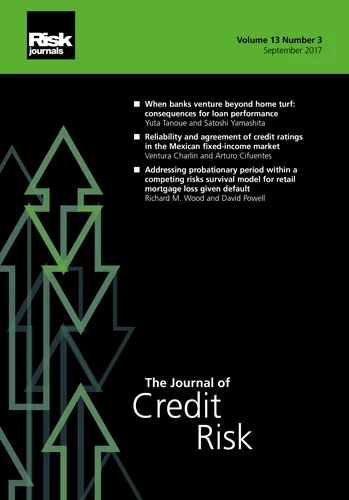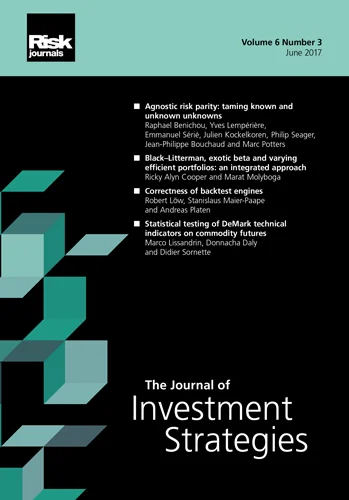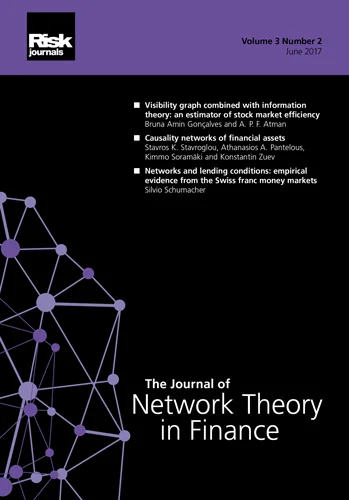Journal of Risk
ISSN:
1755-2842 (online)
Editor-in-chief: Farid AitSahlia

Need to know
- The authors propose LMS, a risk factor that connects between long and short risk horizons based on the VIX.
- LMS is able to predict future performance of equity portfolios.
- LMS contributes to traditional risk factors in terms of significance and Adj. R2.
- The results are robust for portfolios sorted by size, B/M and industry.
Abstract
The Chicago Board Options Exchange (CBOE) Volatility Index (VIX) and VIX-based risk measures, such as the variance risk premium, are predictors for future portfolio returns. In addition to the current level of the squared VIX and its changes over past periods (as previously identified by Banerjee and coworkers), the differential of expectations about future risk as indicated by the difference between long-horizon and short-horizon VIX indexes is another relevant pricing factor. We use the difference between the CBOE Standard & Poor’s 500 six-month and nine-day volatility indexes (the long-minus-short implied volatility measure) to proxy this risk differential. This measure captures how risk is expected to evolve and is thus directly related to the VIX term structure. Including it in a predictive portfolio regression model improves the fit by approximately two basis points in terms of the adjusted R2. The results hold for various portfolio sortings (industry, book-to-market, size) and over different sample periods. Overall, the results support the notion that volatility risk has multiple facets that are priced individually.
Copyright Infopro Digital Limited. All rights reserved.
As outlined in our terms and conditions, https://www.infopro-digital.com/terms-and-conditions/subscriptions/ (point 2.4), printing is limited to a single copy.
If you would like to purchase additional rights please email info@risk.net
Copyright Infopro Digital Limited. All rights reserved.
You may share this content using our article tools. As outlined in our terms and conditions, https://www.infopro-digital.com/terms-and-conditions/subscriptions/ (clause 2.4), an Authorised User may only make one copy of the materials for their own personal use. You must also comply with the restrictions in clause 2.5.
If you would like to purchase additional rights please email info@risk.net








